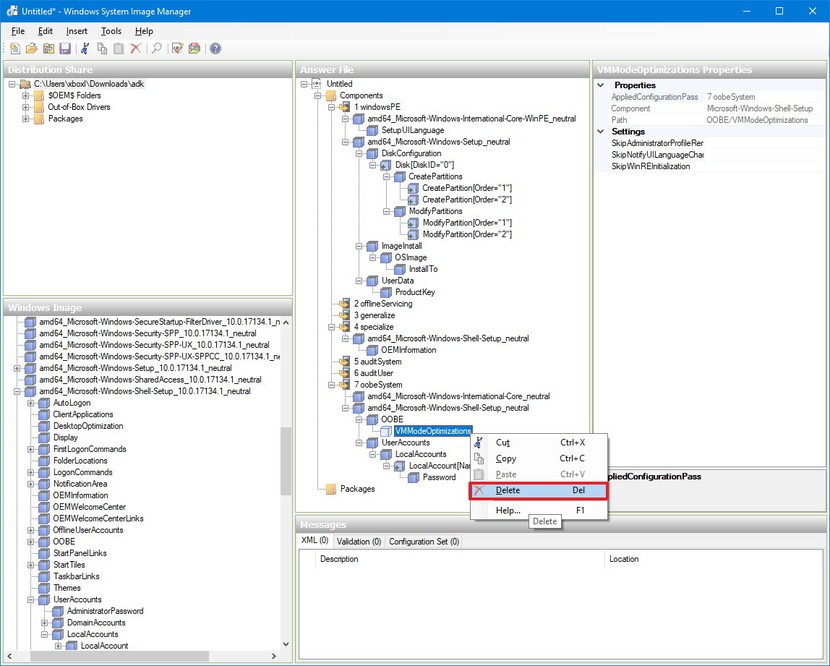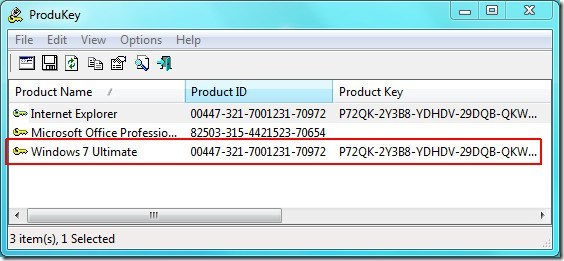
So if you have a PC name specified in WDS client naming policy and have the xml configured to rename, then you'll run into that issue. ProTip (After a deployment go to C: windows panther UnattendGC setupact.log to review what was processed and when.) I recommend running the pc rename in the oobe stage. You select all your config wishes and the webpage generates the text file for you. Rename the file with the.xml extension, place in the sysprep folder, and then run sysprep /generalize /oobe /shutdown /unattend:nameofanswerfile.xml.
-->
Windows Unattend File Extension
You can use Unattend settings to prevent some or all of the user interface (UI) pages from appearing in Windows OOBE. To fully automate OOBE, use Unattend to configure what a user would normally configure during OOBE. OOBE screens that aren't configured in Unattend will display when a user goes through OOBE.


To learn more about creating an answer file using Unattend, as well as a full list of Unattend settings available to you, see the Unattended Windows Setup Reference.
Customize the following Unattend settings to automate OOBE:
| Setting | Configuration pass | Description |
|---|---|---|
| Microsoft-Windows-International-Core settings: | oobeSystem | Specifies the region-specific defaults of the Windows installation. |
| Microsoft-Windows-Shell-Setup/UserAccounts | oobeSystem | Specifies the user accounts, and passwords, to create on the Windows installation. The account can be a user account, a domain account, or the default administrator account. |
| Microsoft-Windows-Shell-Setup/OOBE settings: | oobeSystem | Specifies whether certain OOBE screens will be hidden. |
| Microsoft-Windows-Shell-Setup/OOBE/ProtectYourPC | oobeSystem | Specifies whether your device is configured with Express settings, such as sending data to Microsoft, letting Windows and apps request the user's localization, and turning on protection against malicious web content. |
Windows Unattend File Recovery
Warning

Don't use the SkipMachineOOBE setting to automate OOBE. Instead, use the above unattend settings.